What is On-Page SEO and why is it important?
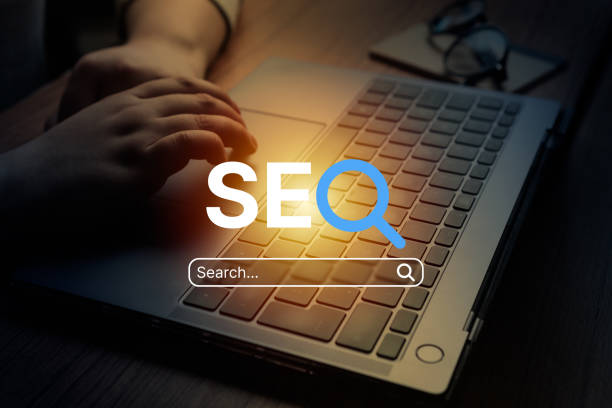
What is On-Page SEO and why is it important?
On-Page SEO refers to a set of actions you take within your website to improve its ranking in search engine results, such as Google.
These actions include optimizing content, site structure, HTML tags, and other key page elements.
The importance of On-Page SEO lies in helping search engines better understand your site’s content and present it to users looking for relevant information.
With strong #OnPageSEO, you can attract more organic traffic, enhance your brand’s credibility, and improve conversion rates.
On-page SEO helps you optimize your website for search engines.
By properly optimizing your website’s on-page SEO, you can achieve better results in search engines.
Are you frustrated with the low conversion rates of your online store?
RasaWeb, with professional e-commerce website design, is your definitive solution!
✅ Increase your sales and revenue
✅ Unparalleled user experience for your customers
⚡ Get a free consultation now!
Keyword Research: The Cornerstone of On-Page SEO
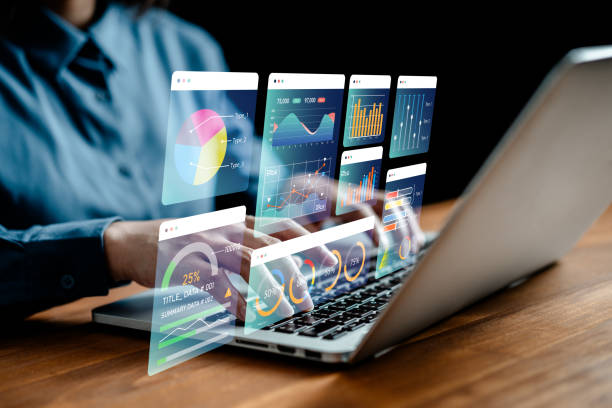
Keyword Research: The Cornerstone of On-Page SEO
Keyword research is the first and most crucial step in on-page SEO.
You need to find the words that users employ to search for your products or services.
These keywords should be relevant, popular, and have low competition.
Various tools are available for keyword research, such as Ahrefs Keywords Explorer, Moz Keyword Explorer, and Google Keyword Planner.
After finding suitable keywords, you should strategically use them in your content, page titles, meta descriptions, and heading tags.
With proper keyword research, the chances of your website being seen in search results increase.
On-page SEO requires meticulous planning.
Optimizing Page Titles (Title Tag) and Meta Descriptions
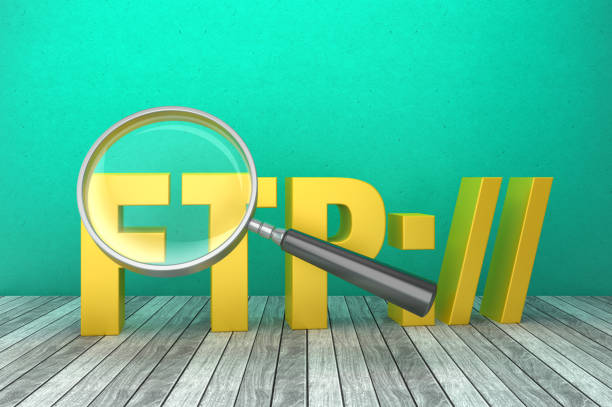
Optimizing Page Titles (Title Tag) and Meta Descriptions
Page titles (Title Tag) and meta descriptions (Meta Description) are two important HTML elements displayed in search results.
The page title should be short, engaging, and include the page’s main keyword.
The meta description should provide a summary of the page’s content and entice users to click.
These two elements should be uniquely optimized for each page of the website.
Proper optimization of page titles and meta descriptions leads to an increased click-through rate (CTR) and improved SEO ranking.
On-page SEO helps you achieve this goal.
| Element | Description | Best Practice |
|---|---|---|
| Page Title (Title Tag) | The page title displayed in search results. | Short (under 60 characters), engaging, and includes the main keyword |
| Meta Description | A summary of the page’s content displayed in search results. | Concise, engaging, and persuasive (under 160 characters) |
Page Content Optimization: Producing Valuable and Engaging Content
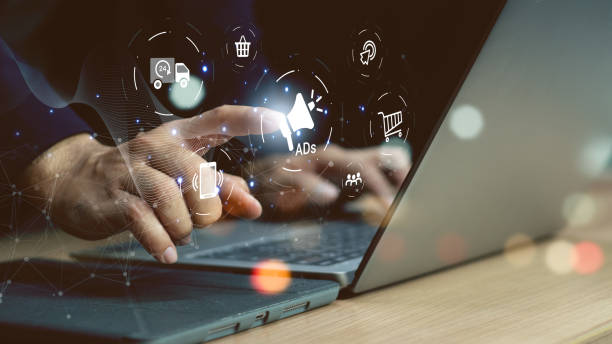
Page Content Optimization: Producing Valuable and Engaging Content
Page content is the most important factor in on-page SEO.
Your content should be valuable, engaging, unique, and relevant to your target keywords.
You should write for your audience, not just for search engines.
High-quality content increases user dwell time on the site, reduces bounce rate, and boosts social media sharing.
To improve on-page SEO, use keywords naturally throughout the text, utilize images and videos to make content more engaging, and create relevant internal and external links.
You can use various tools for content creation.
With strong on-page SEO, you can boost your brand’s credibility.
Are you falling behind in competition with large online stores?
RasaWeb, with professional e-commerce website design, brings your business online and increases your market share!
✅ Enhance brand credibility and customer trust
✅ Easy shopping experience leads to more sales
⚡ Contact us now for a free website design consultation!
URL Structure: Creating SEO-Friendly URLs

URL Structure: Creating SEO-Friendly URLs
Your site’s URL structure should be simple, short, descriptive, and include the main keyword.
Avoid using special characters and unnecessary numbers in your URL.
SEO-friendly URLs help search engines better understand page content and show users what the page is about.
For instance, instead of using a long and complex URL like `/page?id=123&category=456`, use a simple and descriptive URL such as `/seo-dakhli`.
An optimized URL from an on-page SEO perspective has a significant impact on your site’s ranking.
Image Optimization: Using Alt Tags and Appropriate File Names
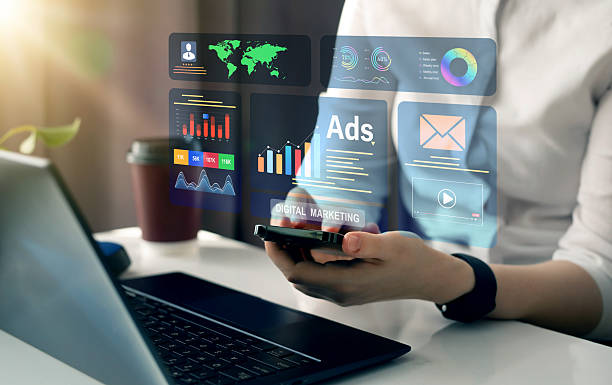
Image Optimization: Using Alt Tags and Appropriate File Names
Images play an important role in the attractiveness and user experience of your website.
To optimize images for SEO, use the Alt tag to describe the image.
The Alt tag helps search engines understand the image and display it in image search results.
Also, use appropriate file names for images and compress them before uploading to reduce page load speed.
Images optimized for on-page SEO improve your website’s ranking.
By using on-page SEO, optimize your website for search engines.
Internal Linking: Creating Connections Between Site Pages
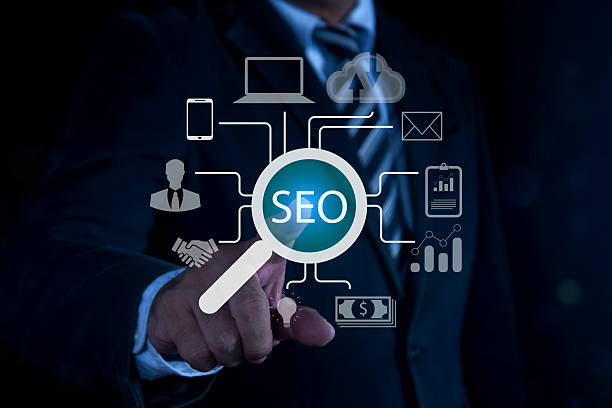
Internal Linking: Creating Connections Between Site Pages
Internal linking refers to creating links between different pages of your website.
Internal links help search engines understand your site’s structure and identify more important pages.
Additionally, internal linking improves user experience and increases user dwell time on the site.
Strategically use internal links in your content and link related pages to each other.
Internal linking is an important technique in on-page SEO.
| Benefit | Description |
|---|---|
| Improved Ranking | Internal links help search engines better understand the site’s structure. |
| Improved User Experience | Users can easily navigate your site. |
Page Load Speed: Optimizing Site Performance
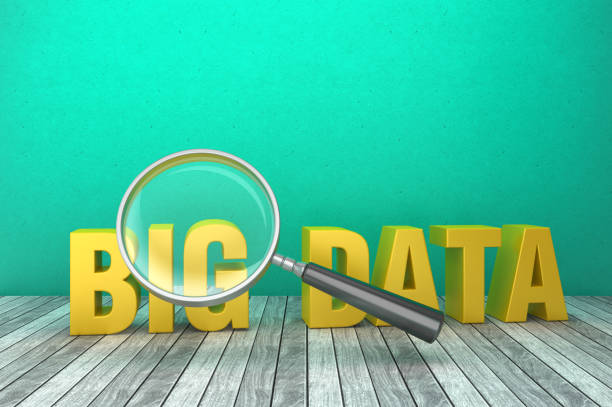
Page Load Speed: Optimizing Site Performance
Page load speed is an important factor in SEO ranking.
Users expect website pages to load quickly and will abandon a slow site.
To improve page load speed, compress images, use a CDN, optimize code, and use quality hosting.
Page load speed is a crucial factor in on-page SEO.
Are you concerned your old company website is scaring away new customers? RasaWeb solves this problem with modern and efficient corporate website design.
✅ It boosts your brand’s credibility.
✅ It helps attract targeted customers.
⚡ Contact RasaWeb for a free consultation!
Responsive Design: Compatibility with Various Devices
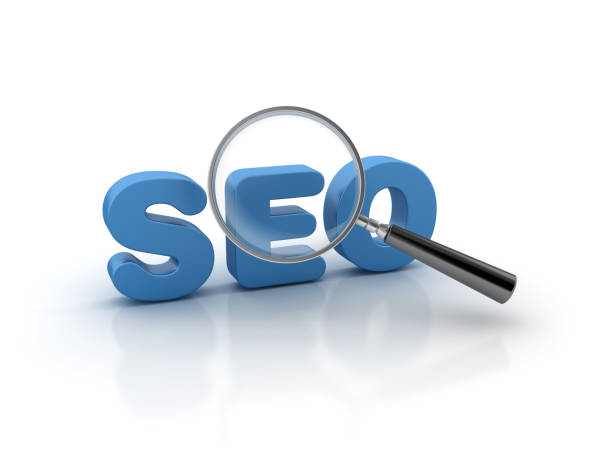
Responsive Design: Compatibility with Various Devices
Today, many users access the internet via mobile phones.
Therefore, your website must be optimized for various devices, including mobile phones, tablets, and computers.
Responsive design allows your website to automatically adapt to the screen size of the user’s device.
Responsive design is an important factor in on-page SEO and improves user experience and increases your site’s ranking.
By doing this, on-page SEO can be fully observed.
Schema Markup: Helping Search Engines Better Understand Content
![]()
Schema Markup: Helping Search Engines Better Understand Content
Schema Markup is an HTML code that helps search engines better understand page content.
By using Schema Markup, you can provide more information about products, services, articles, events, and other content types to search engines.
This information can be displayed in search results, leading to an increased click-through rate (CTR) and improved SEO ranking.
On-page SEO is incomplete without considering Schema Markup.
Using on-page SEO can differentiate your site.
On-page SEO plays a significant role in the success of your online business.
Frequently Asked Questions
| Question | Answer |
|---|---|
| What is On-page SEO? | On-page SEO refers to a set of actions performed within your website to improve its ranking in search engine results. This includes optimizing content, site structure, and HTML code. |
| Why is On-page SEO important? | On-page SEO helps search engines understand your page’s content and determine if your content is relevant to searchers. It is the foundation of any successful SEO strategy. |
| What are the key elements of On-page SEO? | Key elements include Title Tag, Meta Description, keyword usage, image optimization, heading structure (H1, H2, …), internal linking, and content quality. |
| How to optimize the Page Title (Title Tag)? | The page title should include the main keyword, be engaging and enticing for clicks, and be between 50 and 60 characters long (or appropriate pixels) to be fully displayed in search results. |
| What role does Meta Description play in On-page SEO? | The meta description is a summary of the page’s content displayed below the title in search results. Although it doesn’t directly affect ranking, it helps SEO by increasing the click-through rate (CTR). |
| What is the importance of using heading structure (H1, H2, H3) in On-page SEO? | Headings structure the page content and make it easier to read. H1 is typically the main title of the page and should include the keyword. H2 and H3 are used to organize subsections and help search engines understand the content hierarchy. |
| How to effectively use keywords in content? | Keywords should be used naturally and logically throughout the content, including the introduction, body, and conclusion. Avoid keyword stuffing. |
| What steps are involved in optimizing images for On-page SEO? | It includes compressing images to reduce size, using descriptive file names, adding appropriate alternative text (Alt Text), and optimizing the image title and description. Alt Text is crucial for accessibility and helping search engines understand image content. |
| What is Internal Linking and what are its benefits? | Internal linking means creating links from one page on your website to another page on the same website. This helps users navigate your site easily, distributes page authority across the site, and helps search engines better understand your site’s structure. |
| What is the importance of content quality in On-page SEO? | High-quality, accurate, comprehensive, and valuable content for users is the cornerstone of On-page SEO. Search engines prefer content that meets user needs. Quality content leads to longer user dwell time on the site and reduced bounce rate, which are positive SEO signals. |
And other advertising services from RasaWeb Advertising Agency
- Smart Social Media: Transform click-through rates with engaging UI design.
- Smart Data Analysis: Transform SEO ranking improvement with marketing automation.
- Smart UI/UX: A fast and efficient solution for online growth, focusing on an SEO-driven content strategy.
- Smart Conversion Rate Optimization: A dedicated service for online growth based on an SEO-driven content strategy.
- Smart Marketing Automation: Designed for businesses seeking to attract customers through an SEO-driven content strategy.
And over hundreds of other services in internet advertising, advertising consultation, and organizational solutions
Internet Advertising | Advertising Strategy | Advertorials
Sources
What is On-Page SEO?
Comprehensive On-Page SEO Guide
On-Page SEO Guide
On-Page SEO Checklist
📍 To elevate your business in the digital world, Rasaweb Afarin Digital Marketing Agency, specializing in secure website design and SEO, offers innovative and effective solutions.
📍 Tehran, Mirdamad Street, next to Bank Markazi, Kazerun Jonubi Alley, Ramin Alley, No. 6

